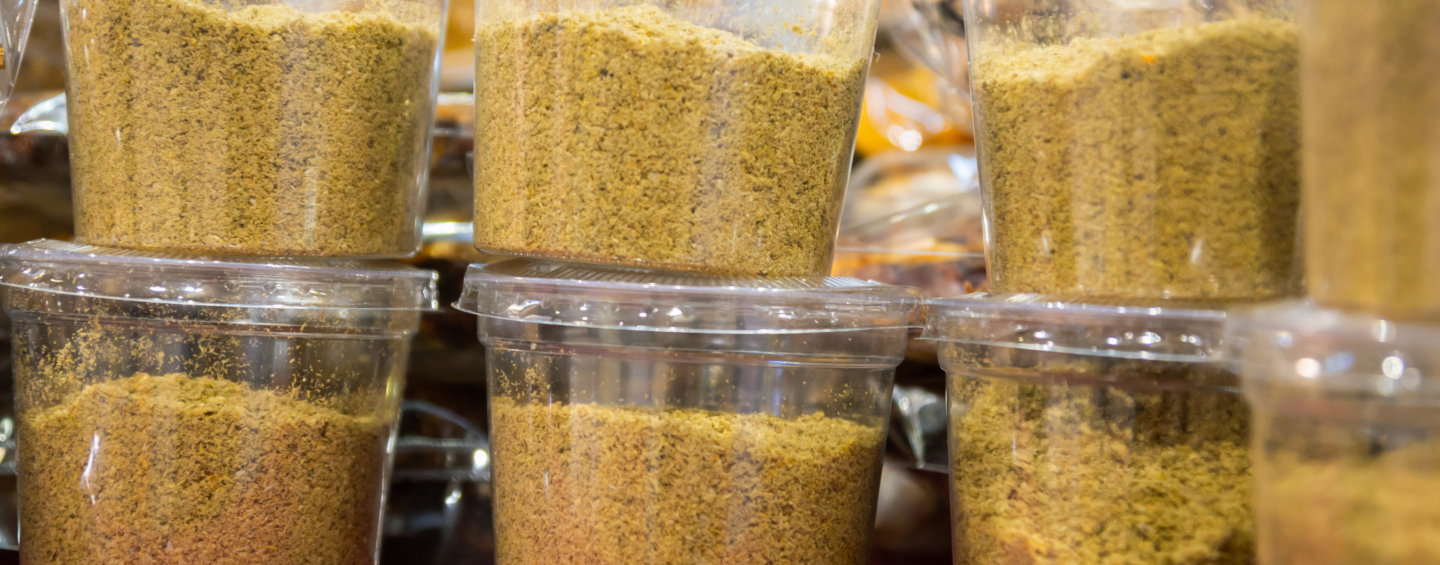The Global Aquaculture Alliance (GAA) and IFFO, the Marine Ingredients Organisation, recently released a new report on Southeast Asian trawl fisheries (link to PDF here). These fisheries supply seafood for human consumption (80 percent by volume according to the report) and also are used to produce fish meal and oil used in aquaculture feeds. While some environmental and social problems in these fisheries have come to light in recent years, there remains a great shortage of data. This report provides some of the best information available, and was written with the goal of spurring improvement efforts.
Since 2011, SFP has been working with industry stakeholders through a Supply Chain Roundtable (SR) focused on European reduction fisheries, and in 2015 convened another SR for similar fisheries in Latin America. And good progress has been made. According to our 2018 data, 90 percent of these fisheries are reasonably well-managed, and 80 percent are engaged in sustainability efforts (through certification and FIPs).
This new fishmeal report, focused on Thailand and Vietnam, tracks the decline in fisheries health starting in the 1960s and highlights some of the critical challenges facing these fisheries today. This includes poor management, weak enforcement, inadequate science, inappropriate fishing gear, and overfishing. A 2017 report published by Greenpeace identified similar challenges in China.
These fisheries are complex, as fishers will take dozens or more species in a single haul. With adequate science and oversight, these fisheries could be highly efficient. However, in addition to the challenges outlined above, we also lack broad consensus on the best ways to manage tropical multispecies, multi-gear fisheries.
As daunting as it seems to find ways to fix the problems, there are reasons for hope. Two leading aquaculture certifications, the Global Aquaculture Association’s Best Aquaculture Practices (BAP) program and the Aquaculture Stewardship Council’s (ASC) program, both have requirements that feed used on certified farms must contain raw materials sourced from responsible or sustainable fisheries. They also both recognize FIPs as part of their responsible sourcing requirements. In the fall of 2018, the IFFO Responsible Supply (RS) Improvers Program launched a multispecies pilot to test new criteria developed specifically to assess multispecies fisheries.
SFP continues to engage industry to support improvements, and we are cautiously optimistic that we will see several positive developments in 2019. In 2018, we relaunched our Asian Reduction Fisheries SR, which now counts several large feed manufacturers as members. We are working to engage these and other companies both directly and through the Seafood Task Force. One new FIP is already being tracked on FishSource, and we will likely see a handful more by the end of the year. The government of Thailand cleared its EU yellow card by addressing key management issues, and has publicly committed to enhancing the sustainability of Thai fisheries. In early 2019, we launched two projects with Duncan Leadbitter (project lead for this new report): one to develop a strategy for the Indonesian fishmeal and feed sector, including identifying priority FIPs, and a second working with the FAO to help develop practical tools for managing multispecies, multi-gear fisheries. While the challenge of fixing these fisheries is large, we have begun taking key steps in the right direction.

